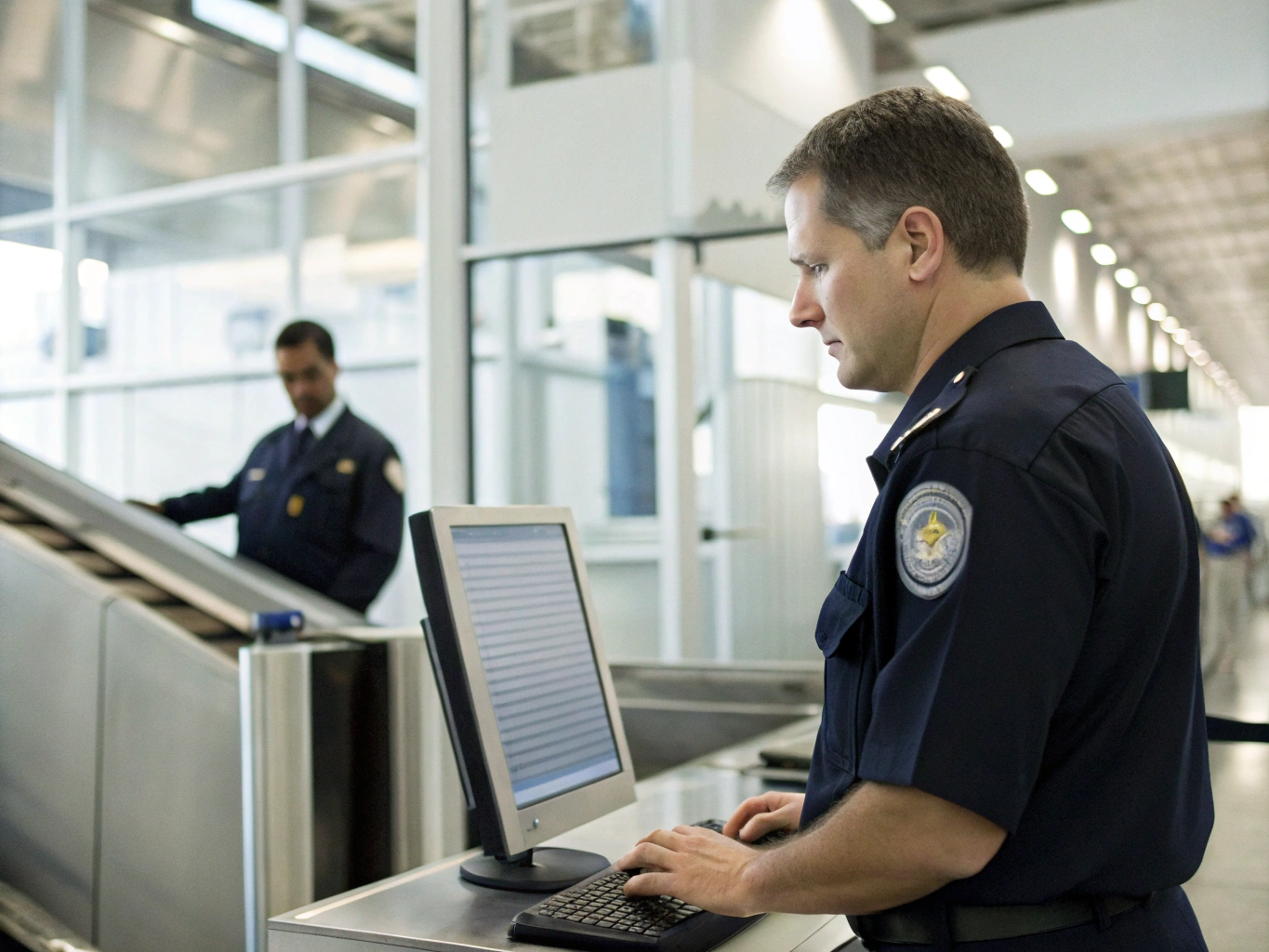
When importing custom steel parts into the United States, understanding the documentation requirements is crucial. A Certificate of Origin (COO) is a document that states the country where a product was manufactured, but its necessity varies depending on the product and trade agreements. Let’s explore whether a COO is required for steel parts and the other documentation necessary for smooth importation.
Generally, a Certificate of Origin is not required for importing custom steel parts into the U.S. However, other critical documents, such as the Steel Mill Certificate, Steel Import License, and Country of Origin Marking, are necessary for compliance.
Here’s what you need to know about the documents that matter most when importing custom steel parts.
In What Cases is a COO Required for Imports?
A Certificate of Origin is typically not required for steel parts unless certain conditions apply. For most custom steel imports, U.S. Customs and Border Protection (CBP) 1 does not demand a COO unless the goods fall under specific trade agreements or preferential tariff programs.
Situations Where a COO May Be Required:
- Preferential Tariff Treatment: If your custom steel parts qualify for preferential tariff treatment under agreements like the United States-Mexico-Canada Agreement (USMCA) or other free trade agreements, a COO may be needed to verify the country of origin.
- Quota or Antidumping Provisions: Certain steel products subject to U.S. trade restrictions (such as quotas or antidumping duties) may require a COO to ensure compliance with regulations.
- Country-Specific Requirements: Some countries may require a COO for exporting steel parts to the U.S., especially for goods eligible for reduced tariffs under specific agreements.
Example:
- Under USMCA, goods must be accompanied by a uniform Certificate of Origin to claim preferential tariff treatment. The COO certifies that the steel parts meet the requirements of the agreement, which can reduce or eliminate tariffs.

| Requirement | When Required |
|---|---|
| Preferential Tariff Treatment | For goods under USMCA or similar agreements |
| Quotas or Antidumping | If subject to trade restrictions |
| Country-Specific Rules | If importing from certain countries |
In most other cases, a COO is not necessary.
How Does a COO Affect Tariffs and Trade Compliance?
A COO can significantly affect the tariffs you pay and your compliance with U.S. trade regulations. If your steel parts qualify for preferential treatment under an agreement like USMCA, submitting a COO is required to benefit from lower tariffs.

How a COO Affects Tariffs:
- Preferential Tariffs: If your product is eligible under a free trade agreement (e.g., USMCA), a COO is required to qualify for preferential tariff treatment, potentially lowering your duty rate.
- Non-Preferential Tariffs: If a COO is not required, the standard tariffs based on the product’s HTS code apply, and the country of origin is confirmed by country-of-origin marking.
Without a COO, importers might face higher tariffs or miss out on tariff reductions available under trade agreements. The COO serves as proof that the product complies with the conditions outlined in trade deals.
Example:
- If a steel part from Mexico qualifies for USMCA, submitting a COO could reduce its tariff to zero. Without a COO, it would be subject to standard U.S. tariffs for steel imports, which may be significantly higher.
| Scenario | Tariff Impact |
|---|---|
| With COO (USMCA) | Potential tariff reduction or exemption |
| Without COO | Standard tariffs based on HTS classification |
A COO ensures that your steel parts are classified correctly under the right tariff category.
How to Obtain a Legally Valid COO?
Obtaining a legally valid Certificate of Origin depends on the country and the specific trade agreement in question. Generally, the exporter or manufacturer of the goods will be responsible for providing the COO.
Steps to Obtain a COO:
- Confirm Trade Agreement Eligibility: Ensure that the product qualifies for preferential treatment under the applicable trade agreement, like USMCA.
- Request from Supplier or Manufacturer: The manufacturer or exporter should provide a signed COO certifying the country of origin. The document must comply with the specific format and requirements of the trade agreement.
- For USMCA: Use the uniform Certificate of Origin form, which includes product details, origin criteria, and certification by the manufacturer or exporter.
- Verify the Certificate: Check that the COO includes all necessary information and complies with the regulations set out in the trade agreement.

| Step | Action |
|---|---|
| Confirm Eligibility | Check if the product qualifies under a trade agreement (e.g., USMCA) |
| Request from Supplier | Get the signed COO from the exporter/manufacturer |
| Verify the COO | Ensure it meets the correct format and origin requirements |
While most steel imports won’t require a COO, if you’re importing under preferential terms, obtaining a properly signed and compliant COO is essential.
How Does U.S. Customs Verify the Authenticity of a COO?
U.S. Customs verifies the authenticity of a COO by cross-checking the document against other required paperwork, such as the importer’s entry documentation and trade agreement provisions.

How CBP Verifies COO:
- Cross-Check with Importer Documentation: CBP will verify the COO against the steel mill certificate, import license, and other customs forms.
- Review of Trade Agreements: CBP ensures that the COO matches the requirements of the trade agreement, such as the USMCA.
- Random Checks: In some cases, CBP may conduct random audits or inspections to ensure that the country of origin matches what’s declared in the COO.
- Compliance with Country of Origin Marking: If the COO is not required but marking is, CBP will ensure that the product is clearly marked with the correct country of origin.
Potential Issues:
- Inaccurate COO: If the COO is incorrect or incomplete, CBP can seize goods, levy penalties, or delay clearance until corrections are made.
- Country of Origin Mismatch: If the COO indicates one country, but the actual origin is different, the goods may be subject to the incorrect tariff rate.
| Verification Method | Action |
|---|---|
| Cross-Check with Documentation | Compare COO with import documents and certificates |
| Review Trade Agreements | Ensure COO aligns with trade agreement terms (e.g., USMCA) |
| Random Audits | CBP may inspect and verify product origin |
U.S. Customs uses a combination of documentation checks and inspections to ensure compliance with the COO requirements.
Conclusion
While a Certificate of Origin is generally not required for importing custom steel parts to the U.S., it may be necessary for certain products under specific trade agreements like the USMCA. To ensure compliance, steel parts must be marked with the country of origin, and other key documents, like a steel mill certificate and import license, are required. Always check whether a COO is needed for preferential tariff treatment and verify that it meets all relevant legal requirements.
Footnotes
Explore U.S. Customs regulations and how they impact the import process for steel and other goods. [#] ↩

